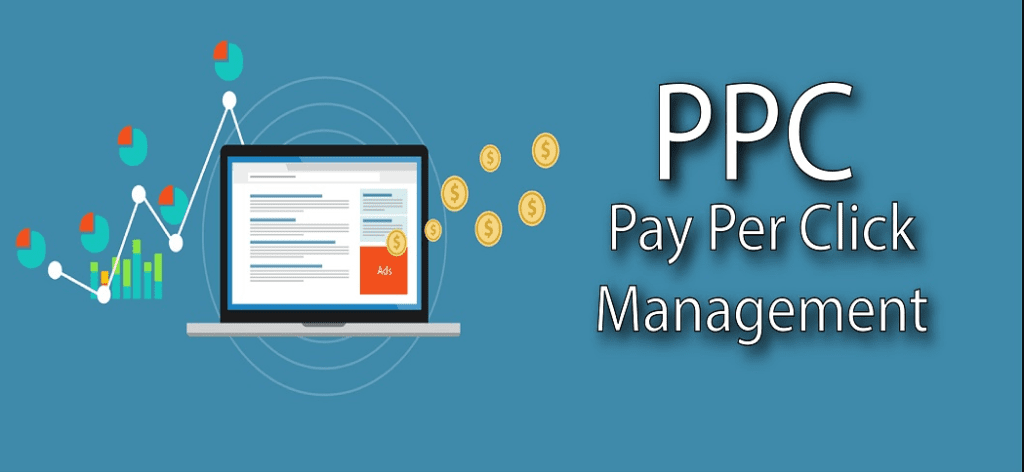PPC (Pay-Per-Click) campaigns have become an integral part of digital marketing strategies, allowing businesses to reach their target audience effectively. However, running a successful PPC campaign requires more than just launching ads and hoping for the best. It involves monitoring and analyzing various metrics to ensure optimal performance and return on investment. Leter, we will explore the key metrics that marketers should pay attention to when developing a successful PPC campaign.

Introduction
PPC campaigns, such as Google PPC ads, offer businesses the opportunity to display their ads on search engine result pages, social media platforms, and other websites. These campaigns work on a pay-per-click model, where advertisers only pay when someone clicks on their ads. Metrics play a crucial role in evaluating the success of PPC campaigns, providing insights into performance, effectiveness, and overall campaign health.
Setting Clear Goals
Before diving into metrics, it is essential to establish clear goals for your PPC campaign. Define what you want to achieve, whether it’s generating leads, driving sales, increasing website traffic, or improving brand visibility. These goals will guide your campaign strategy and help you select the most relevant metrics to monitor.

Identifying key performance indicators (KPIs) is another vital aspect of goal setting. KPIs are specific metrics that align with your campaign objectives. For example, if your goal is to increase sales, KPIs could include conversion rate, cost per acquisition (CPA), and return on ad spend (ROAS).
Impressions and Clicks
Impressions refer to the number of times your ads are displayed to users. It indicates the reach and visibility of your campaign. Monitoring impressions can help you gauge the effectiveness of your targeting and ad placement.
Clicks, on the other hand, measure the number of times users clicked on your ads. Click-through rate (CTR) is a valuable metric that calculates the percentage of people who clicked on your ads after seeing them. A higher CTR indicates that your ad is engaging and relevant to the target audience.
Quality Score
Quality score is a crucial metric in PPC campaigns, particularly for platforms like Google Ads service. It is an estimation of the overall quality and relevance of your ads, keywords, and landing pages. A higher quality score leads to better ad rankings and lower costs.
Factors influencing quality score include click-through rates, ad relevance, landing page experience, and historical account performance. Monitoring and optimizing your quality score can improve the visibility and performance of your ads.
Cost per Click (CPC)
Cost per click (CPC) refers to the amount you pay for each click on your ads. Monitoring CPC is essential to ensure cost-efficiency and allocate your budget effectively. Lowering CPC can be achieved through ad optimization, keyword refinement, and improving quality scores.
By analyzing CPC data, you can identify keywords or ad groups that are driving up costs without delivering desired results. Adjusting bids, refining keyword targeting, and improving ad relevance can help optimize CPC and maximize your campaign’s performance.
Conversion Rate (CR)
Conversion rate measures the percentage of users who take a desired action, such as making a purchase, submitting a form, or signing up for a newsletter. A high conversion rate indicates that your ads and landing pages are effective at persuading users to take the desired action.
To improve conversion rates, focus on optimizing landing pages, enhancing the user experience, and aligning your ad messaging with the target audience’s needs and expectations. A/B testing different elements of your landing pages can help identify the most effective variations.
Return on Investment (ROI)
Return on investment (ROI) is a critical metric for measuring the profitability of your PPC campaigns. It calculates the revenue generated compared to the total cost of the campaign. A positive ROI indicates that the campaign is generating more revenue than the money invested.
To calculate ROI, subtract the total cost of the campaign from the total revenue generated and divide it by the total cost. ROI provides valuable insights into the overall success of your campaign and helps in making informed decisions about budget allocation.
Ad Position and Average Position
Ad position refers to the order in which your ads appear on search engine result pages or other advertising platforms. It plays a significant role in attracting user attention and generating clicks. Higher ad positions often lead to better visibility and higher CTRs.
Average position, on the other hand, provides an average of your ad positions over time. Monitoring and optimizing your ad positions can help improve campaign performance and increase the likelihood of clicks.
Ad Copy and Ad Extensions
Crafting compelling ad copy is essential for attracting users’ attention and encouraging them to click on your ads. Develop engaging and relevant ad copy that highlights your unique selling propositions and addresses users’ pain points.
Ad extensions offer additional information or features to your ads, such as site links, call buttons, or location information. Utilize ad extensions effectively to provide more value to users and enhance the performance of your ads.
Keyword Performance
Keywords are the foundation of PPC campaigns. Monitoring keyword performance allows you to identify high-performing keywords that drive conversions and optimize your bidding strategies. Identify keywords with high search volume, relevance, and strong conversion rates to maximize the effectiveness of your campaign.
Regularly review keyword performance metrics such as impressions, clicks, CTRs, and conversion rates. This data will help you identify opportunities to refine your keyword targeting and ensure your ads are reaching the right audience.
Ad Scheduling
Ad scheduling involves setting specific times and days for your ads to appear. By analyzing data and customer behavior patterns, you can determine the optimal times to display your ads. Ad scheduling allows you to focus your budget on periods when your target audience is most active, improving the efficiency of your campaign.
Experiment with different ad scheduling strategies and monitor performance metrics to identify the most effective time slots for your ads. Adjust your bids accordingly to maximize visibility during peak periods.
Geographic Targeting
Geographic targeting enables you to display your google PPC ads to users in specific locations. By tailoring your ads to different regions, you can better align with local preferences and increase relevancy. This can be especially beneficial for businesses with location-based services or physical stores.
Analyze geographic performance data to identify regions that are generating the highest engagement, conversions, or revenue. Adjust your targeting settings accordingly to allocate budget more effectively and optimize your campaign’s performance.
Ad Testing and Experimentation
A/B testing and experimentation are crucial for improving the effectiveness of your ads. Test different variations of ad copy, headlines, images, and calls-to-action to identify the most compelling combinations. Experiment with different targeting options, bidding strategies, or ad formats to uncover new opportunities.
By continuously testing and refining your ads, you can optimize their performance and increase conversions. Analyze test results and implement successful variations into your campaign strategy.
Mobile Optimization

With the increasing use of mobile devices, optimizing your ads for mobile platforms is essential. Ensure that your ads are visually appealing, load quickly, and provide a seamless user experience on mobile devices. Mobile-optimized ads can improve engagement and conversions from mobile users.
Consider the mobile-specific features available on advertising platforms and leverage them to enhance the performance of your ads. Regularly review mobile performance metrics to identify areas for improvement and refine your mobile optimization strategies.
Tracking and Analytics
Effective tracking and analytics are critical for monitoring and optimizing the performance of your PPC campaigns. Utilize tracking tools and analytics platforms to gather valuable data on impressions, clicks, conversions, and other relevant metrics.
Analyze the data to identify trends, patterns, and opportunities for improvement. Make data-driven decisions to refine your campaign strategy, adjust bids, and optimize your targeting and ad creatives.
Conclusion
Developing a successful PPC campaign requires careful attention to various metrics that provide insights into campaign performance and effectiveness. By setting clear goals, monitoring metrics such as impressions, clicks, quality score, CPC, conversion rate, ROI, and ad position, and continuously optimizing your campaign based on data analysis, you can increase the chances of achieving your desired results.
Remember to adapt your ad copy, utilize ad extensions, analyze keyword performance, optimize ad scheduling, and leverage geographic targeting. Conduct ad testing and experimentation, prioritize mobile optimization, and implement robust tracking and analytics practices. With a strategic approach and a focus on relevant metrics, you can develop a successful PPC campaign that drives results and meets your objectives.
FAQs
- Q: How can I improve my quality score in PPC campaigns?
- A: Focus on improving ad relevance, optimizing landing pages, and ensuring a positive user experience.
- Q: What is the significance of ad position in PPC campaigns?
- A: Higher ad positions generally lead to better visibility, higher click-through rates, and increased chances of conversions.
- Q: How can I optimize my cost per click (CPC)?
- A: Optimize your CPC by refining keywords, improving quality scores, and adjusting bids based on performance data.
- Q: What is the importance of conversion rate in PPC campaigns?
- A: Conversion rate measures the effectiveness of your ads in driving desired actions, such as purchases or sign-ups.
- Q: How do I track and analyze the performance of my PPC campaigns?
- A: Utilize tracking tools and analytics platforms to gather data on impressions, clicks, conversions, and other relevant metrics. Analyze the data to make informed decisions and optimize your campaigns.

